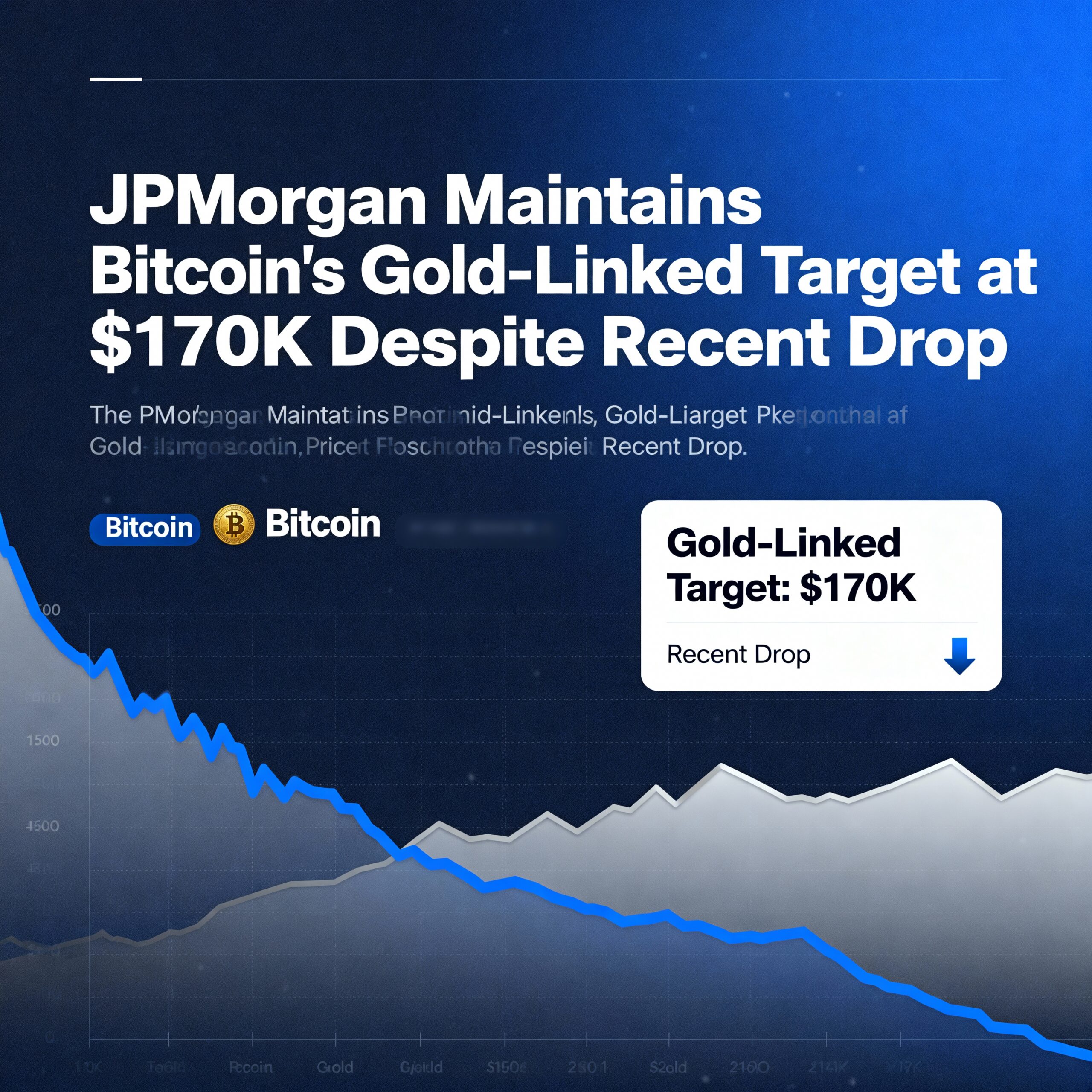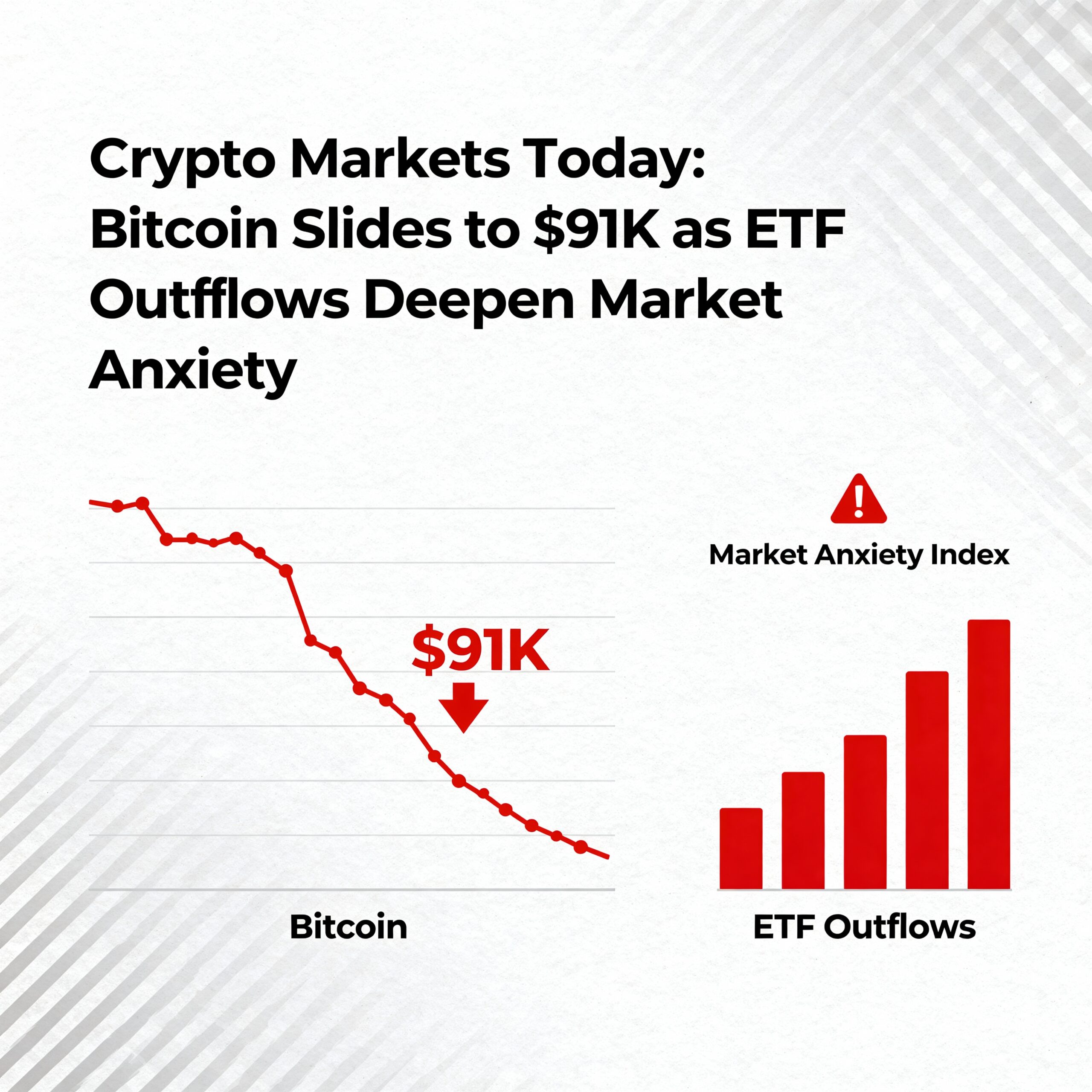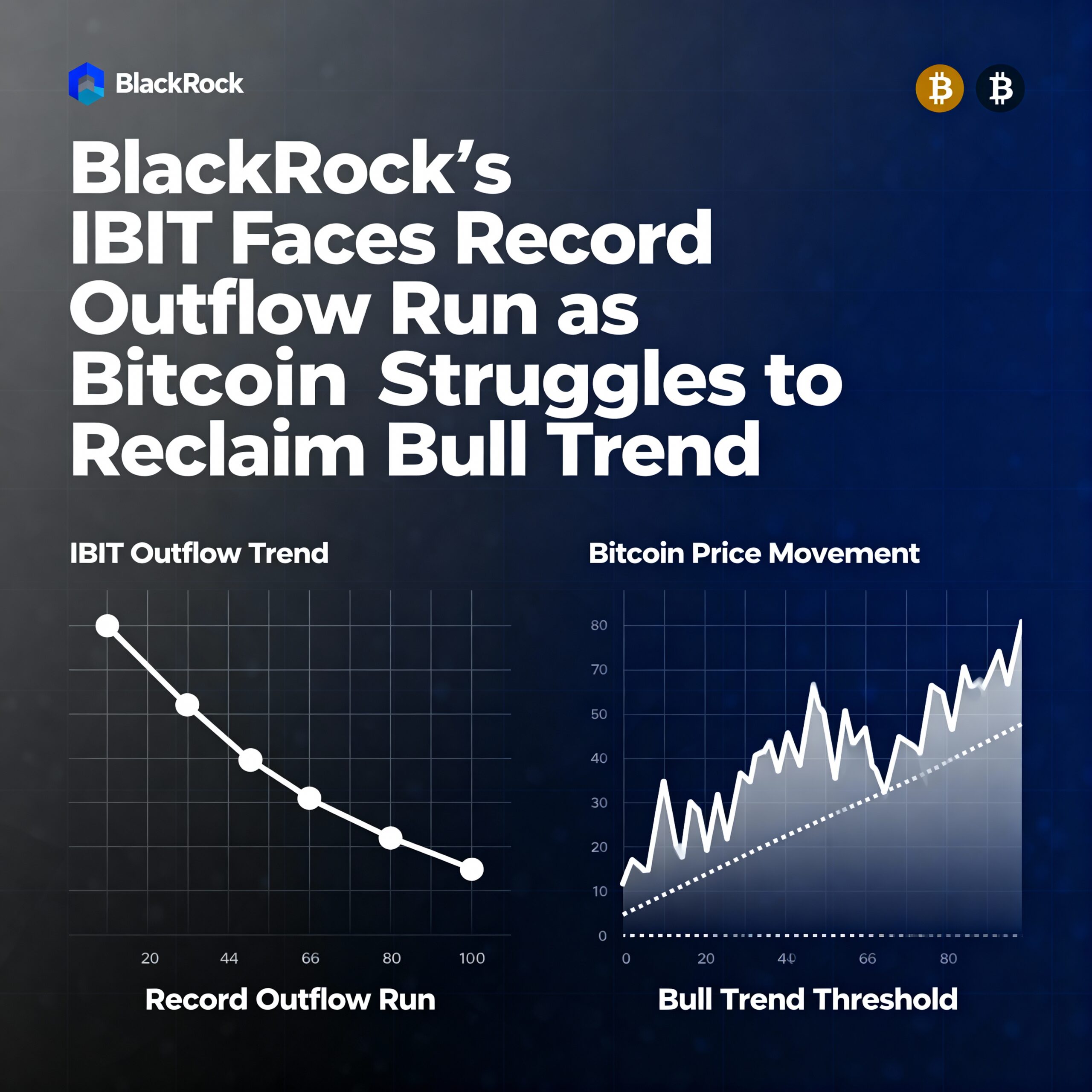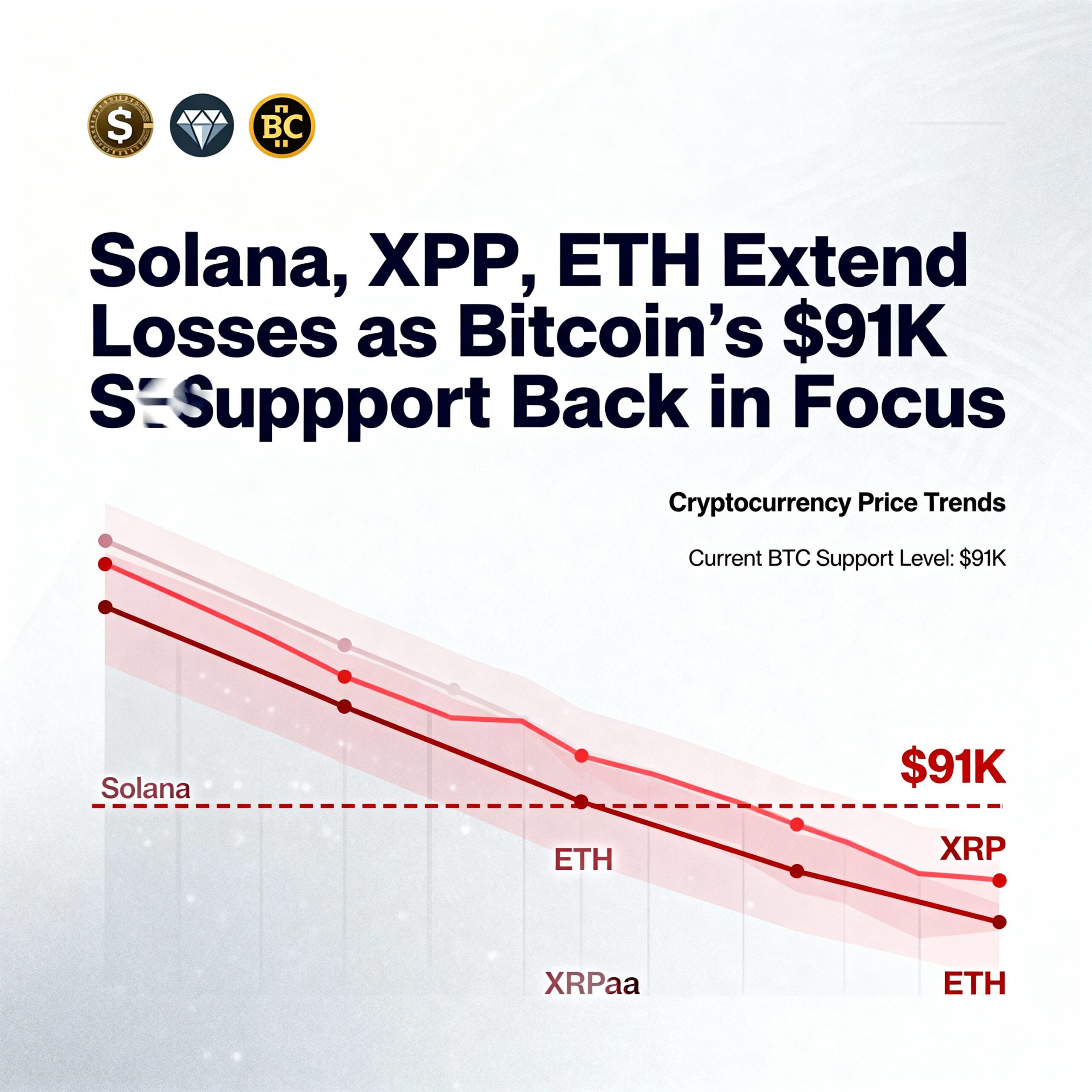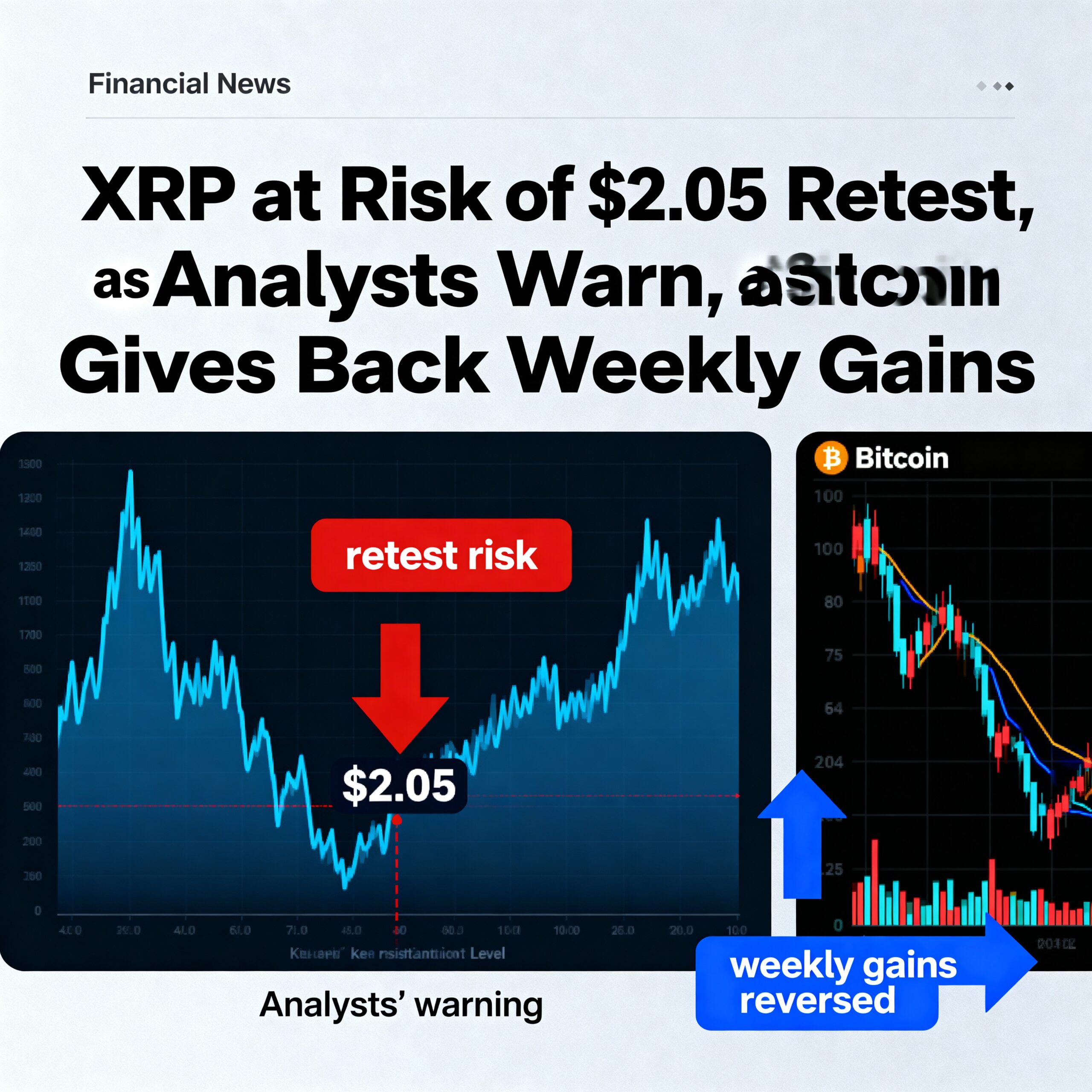
Calamos Launches Bitcoin ETFs with Downside Protection, Two More Funds Coming in February
Calamos, a global investment management firm, launched a new Bitcoin (BTC) ETF on Wednesday, designed to shield investors from Bitcoin’s inherent price volatility. The ETF, named CBOJ, offers 100% downside protection while providing potential upside growth of 10% to 11.5% over the next year.
The new ETF traded about 635,714 shares as of 12:11 p.m. ET, with CBOJ being the first of three similar funds set for launch. CBXJ and CBTJ, which will launch on February 4, offer 90% and 80% downside protection, respectively, with upside potential capped at 28% to 30% for CBXJ and 50% to 55% for CBTJ.
The downside protection is achieved through a combination of U.S. Treasuries and options on Bitcoin index derivatives. The upside cap is reviewed and reset annually. For example, if an investor purchases $100 worth of shares in the ETF, a portion of the funds will be invested in Treasury bonds, guaranteeing the value will grow back to $100 by the end of the year, regardless of fluctuations in Bitcoin’s price.
The remaining funds are used to buy Bitcoin-linked options, giving investors exposure to Bitcoin without owning the cryptocurrency directly. However, these protective measures come at a management fee of 0.69%, which is higher than the 0.51% average fee for U.S.-based Bitcoin ETFs. For many investors, the extra fee may be a small price to pay for added protection from the market’s volatility.
While Bitcoin maximalists and long-term investors remain optimistic about Bitcoin’s long-term value, traditional institutional investors have expressed concerns about the cryptocurrency’s price swings. These new ETFs are designed to appeal to those investors, providing a safe alternative that still offers exposure to Bitcoin.
A key point of comparison has been drawn between Calamos’ ETFs and MicroStrategy’s (MSTR) convertible bonds, which also offer downside protection. However, CoinDesk analyst James VanStraten explains that the two are different: MicroStrategy’s bonds do not cap the upside potential, offering higher risk with more significant upside should certain conditions be met.
In recent months, downside protection ETFs have become a popular innovation, particularly as President Donald Trump’s administration is expected to usher in a more crypto-friendly regulatory environment. This shift has raised hopes that such ETF applications will be approved by the Securities and Exchange Commission (SEC).
Additionally, Bitwise, a leading crypto asset manager, revamped its crypto ETFs in October 2024 to incorporate Treasury exposure to protect against crypto market downturns. These ETFs will rotate between cryptocurrency investments and Treasuries based on market signals, providing investors with further options for managing risk in the volatile digital asset space.

